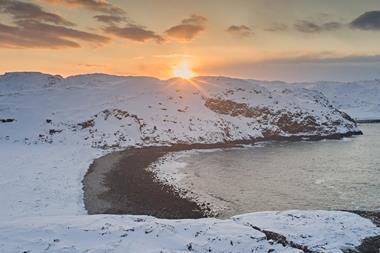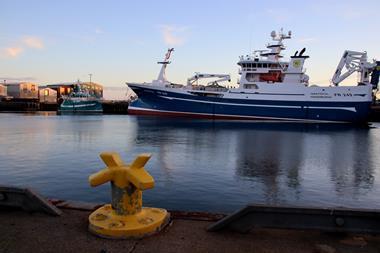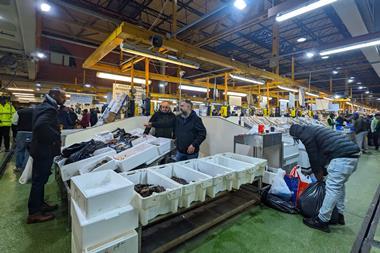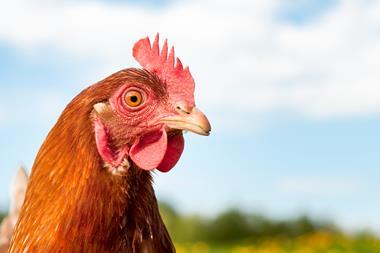The report criticises the Scottish Executive and Westminster for not tackling this problem over the past decade.
The decline of wild salmon is being increasingly linked with sea lice infestations from farmed salmon sites and the mixing of escaped farmed salmon with wild populations.
"Farmed fish now outnumber wild fish 48 to 1 in the North Atlantic. Scotland, which produces over 22% of all the farmed salmon in the Atlantic, has a big part to play in this unfolding tragedy," said Helen McLachlan, Marine Policy Officer for WWF Scotland.
The report, Protecting Wild Salmon from the Impacts of Aquaculture, shows how over a decade of "poorly regulated" expansion in fish farming in Scotland, together with Canada, the US, Norway, Ireland, Iceland and the Faroes, has jeopardized the future of wild salmon.
"While populations of wild Atlantic salmon declined by 45% from 1983 to 2001, farmed salmon production in the North Atlantic has been allowed to grow to over 700,000 tonnes in 2002, a 55-fold increase in 20 years. Government efforts are clearly lagging far behind this growing crisis," commented McLachlan.
The report says little action has been taken to restrict placing farms at the mouth of salmon rivers, where sea lice infestations most affect wild salmon.
The Scottish Executive's aquaculture strategy was published earlier this year.
"There are a lot of fine words in the strategy about ensuring a sustainable future for the aquaculture industry but it has to deliver results before it is going to convince anyone that this is really going to make a difference. Anything less is window dressing," said McLachlan.
At this week's meeting of the North Atlantic Salmon Conservation Organization in Edinburgh, representatives charted progress on restoring wild salmon populations.
{{MARKET EDGE }}
The decline of wild salmon is being increasingly linked with sea lice infestations from farmed salmon sites and the mixing of escaped farmed salmon with wild populations.
"Farmed fish now outnumber wild fish 48 to 1 in the North Atlantic. Scotland, which produces over 22% of all the farmed salmon in the Atlantic, has a big part to play in this unfolding tragedy," said Helen McLachlan, Marine Policy Officer for WWF Scotland.
The report, Protecting Wild Salmon from the Impacts of Aquaculture, shows how over a decade of "poorly regulated" expansion in fish farming in Scotland, together with Canada, the US, Norway, Ireland, Iceland and the Faroes, has jeopardized the future of wild salmon.
"While populations of wild Atlantic salmon declined by 45% from 1983 to 2001, farmed salmon production in the North Atlantic has been allowed to grow to over 700,000 tonnes in 2002, a 55-fold increase in 20 years. Government efforts are clearly lagging far behind this growing crisis," commented McLachlan.
The report says little action has been taken to restrict placing farms at the mouth of salmon rivers, where sea lice infestations most affect wild salmon.
The Scottish Executive's aquaculture strategy was published earlier this year.
"There are a lot of fine words in the strategy about ensuring a sustainable future for the aquaculture industry but it has to deliver results before it is going to convince anyone that this is really going to make a difference. Anything less is window dressing," said McLachlan.
At this week's meeting of the North Atlantic Salmon Conservation Organization in Edinburgh, representatives charted progress on restoring wild salmon populations.
{{MARKET EDGE }}


















No comments yet